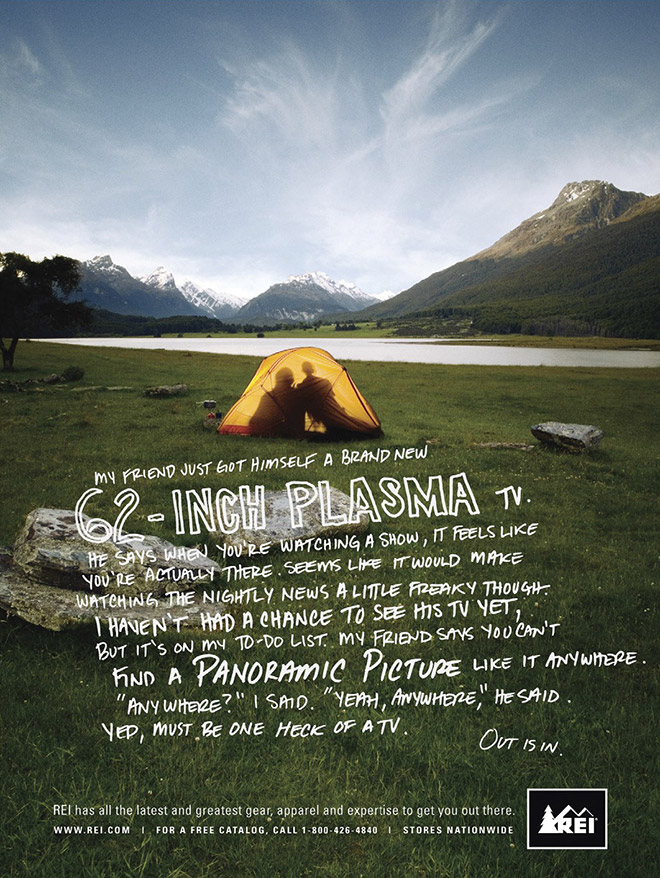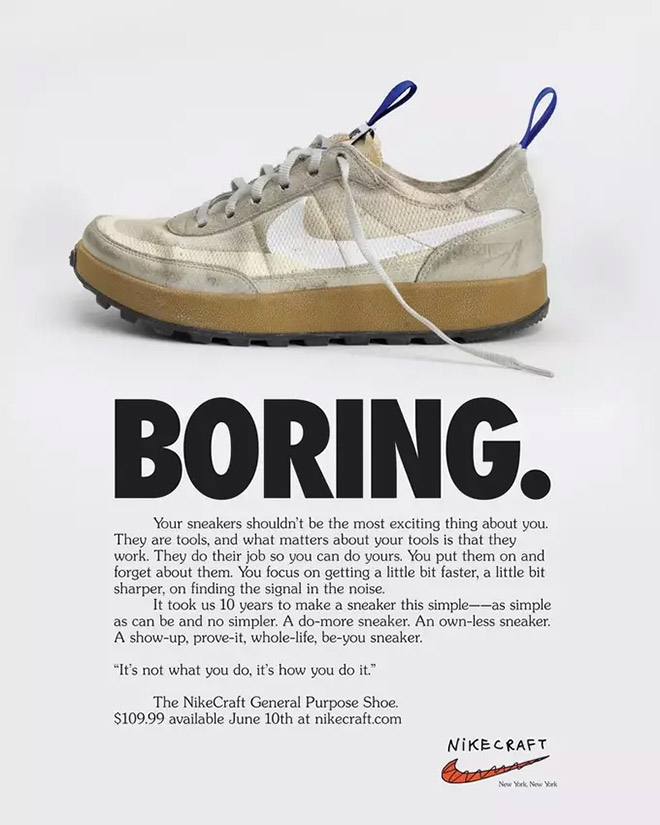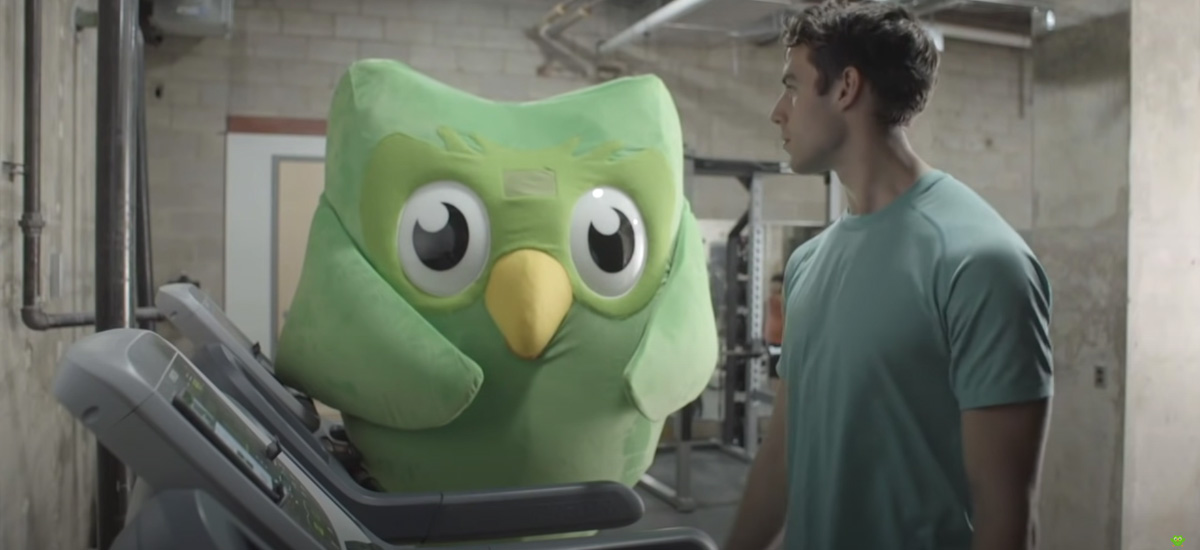
“The question is not do you want to buy Wheat Thins. The question is now, will you support Wheat Thins in the fight against Lyme disease.”
—Bo Burnham
Over the last few years, the concept of ‘brand voice’ has been construed to mean how your favorite potato chip company feels about the latest socio-political development. There are two main problems with this perspective. First, consumers are smarter than that. They recognize the inherently self-serving nature of that kind of commentary. Secondly, it narrows the scope of what brand voice actually means.
Brand voice isn’t just about the copy on your website or in your emails, and it surely isn’t just a tagline – it is all forms of communication between your brand and consumers. From the literal copy to your packaging, voice is a manifestation of a brands mission, vision, values and story. It is something literal, yet ethereal, it should survive CMO changes, product alterations, and re-branding exercises. This isn’t to say it should stay the exact same, over the years it should evolve and grow but always remain a recognizable, human part of your brand and how you communicate.
Let’s take a look at how three different brands are using their unique and authentic voices across a variety of mediums and touch points.
*When it comes to brand voice it is essential to be consistent across all your channels. From your website, to your packaging, and everything in between. While we won’t have time to cover every touch point for each brand the following examples are brief glimpses into companies with a consistent voice. If you like what you see, spend some time diving deeper into their websites and campaigns to see how their voice manifests across mediums
DuoLingo
There are brand stories and voices that are almost mythic in origin. They exist outside of the zeitgeist, outlasting cultural trends and appealing to a wide swath of consumers through the sheer universality of their rhetorical appeals. Then there’s Duolingo.
For those of you who don’t know, Duolingo is a language-learning app, first launched in 2011, but which has gained amazing popularity in the last few years earning its place as the #1 most downloaded language app across all app stores. This rise to fame is due in large part to their iconic mascot Duo and meme culture. Back in 2019 users began to poke fun at the relentless, sometimes even passive aggressive push notifications they would receive on their phones reminding them to practice their language. This spawned hundreds of photo and video memes of the “evil” Duo who would kidnap/threaten/and generally coerce users to do their language lesson.
In a stroke of marketing genius Duolingo completely turned into this wave of user generated personality and harnessed it to create their modern voice. From subway posters to push notifications the iconic face of Duo can be seen gently reminding users to get to practicing. Users will receive notifications calling out how long you spend staring at your phone “Make your screen time count. Take a quick German lesson now!” to the more aggressive “These reminders don’t seem to be working.” This brand voice coalesced into the video advertisement below:
No matter where or how you interact with Duolingo, the brand has created a comical approach to language learning, quick to anger, but even quicker to forgive and celebrate your journey in education. The image of Duo and the voice he evokes and embodies is present across the application, website, and communication – it’s what makes Duolingo, Duolingo.
REI
Lesser known by its full name Recreational Equipment, Inc. REI is a staple of outdoor gear. From clothing, to tents, to GPS equipped watches, they have whatever you need (and probably more than you need if we’re being honest) for your next outdoor adventure. In a market saturated with outdoor brands that are household names and, in many respects, dang-good marketers it can be hard to stand out. REI makes a case for itself through their confident brand voice that extends across all channels and into the physical space of their shops.
As a retailer for other outdoor brands that the public is familiar with (think Osprey, Cotopaxi, Patagonia, etc) REI has a leg-up on more exclusive competition – but they also have more responsibility. With such a wide array of specialized products they have to know how they work, confidently explain the purpose, and sing the benefits of technical specifications both in-person and in their marketing.
They do.
Whether you are in-store talking to flannel-clad, Marmot vest wearing, Merrell hiking boots owning Amy about the temperature range of the sleeping bag you are looking at or reading the opening spread of their catalog – you are reassured that you are speaking with someone knowledgeable, passionate, someone who actually uses the gear they sell.
With that expertise comes a certain level of ego. Not a bad kind, but rather a knowledge that if you shop with REI you are likely part of the club (and not just the member’s club). A group of people who go out there. Whether it’s the mountains, the forest, the trail, or the river, you are someone who goes outside and stays there for a while. You’re proud of it, and so is REI:

Just like they say, REI has the gear, apparel and expertise to get you out there. It’s a voice you can depend on to stay the same and depend on to get you what you need, wherever you are headed.
Nike
While brand voice is more than just a tagline, sometimes a tag can be so all encompassing that it becomes a cultural signifier for everything a company stands for. It shouldn’t come as a surprise to see the world’s largest athletic apparel company (sorry Adidas) at the end of this list.
Just Do It. You can picture the font, imagine the coloring, the camera angles, the athletes, the messaging. It’s inspirational, innovative, confident, and ready for whatever comes next. Nike’s success, is due in large part, to how universally recognizable they are. Their brand voice evokes an emotional response in their customers. It motivates them to not only buy, but to buy in order to achieve. From their typography to the swoosh itself they leave a consistent imprint on the market. You can get high performing sneakers and athletic clothing from many brands, but you can only get Nikes, from Nike.
Before the release of their newest high-fashion-meets-streetwear collaboration with designer Tom Sachs, Nike published this full-page ad in the Sunday edition of the New York Times:

In typical fashion the headline is bold and striking. The product is a shoe that has been lived-in, worn-down city streets, around the office, and on your commute home. The copy is wonderful – focusing not on the product but on how the product will allow you to live your life to the fullest. While the ad itself is great, what is so striking is that if you were to Photoshop out the swoosh from the shoe and remove every other NikeCraft visual reference, you would still know what company created this ad. That’s cohesive brand voice.
While it can be easy to think that brand voice is just what you literally type in an email or write in the “About Us” section of your website – it is so much more. Every branding decision you make and every touch point you have with consumers is an integral part of how you are manifesting your personality, vision, mission, and reputation within the market. Make it unique, make it cohesive, make it human, but above all make your brand voice you.
Thinking of doing a rebrand? Looking to bolster your brand voice? Reach out to Devon at devonc@jschmid.com.
Thanks to Unsplash for the cover image.
Tags: Brand Storytelling, catalog design, Customer Experience, Devon Clements, Strategy
